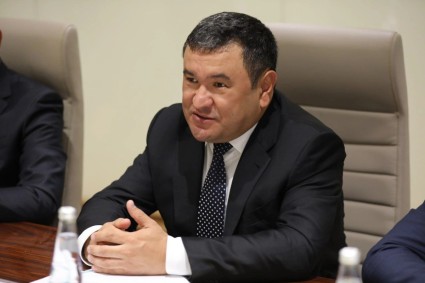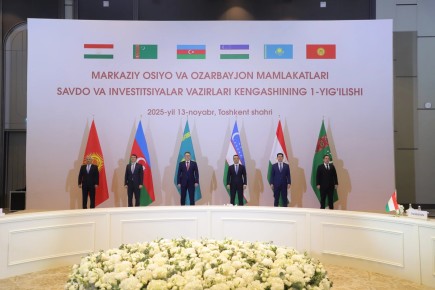The government approved the Concept for Providing Uzbekistan with Electricity for 2020–2030, the Ministry of Energy said. The document was developed with the participation of international experts.
The Concept defines the medium- and long-term goals and will be adjusted as necessary.
The Concept’s strategic goal is to provide the households and economy of Uzbekistan with electricity at competitive prices, as well as to develop of a balanced energy sector, using the global energy sector practices and trends.
The Concept provides for the modernization and reconstruction of existing power plants, the construction of new ones using energy-efficient technologies, the improvement of electricity metering systems, development of renewable energy sources (RES), especially solar energy, as well as legal reforms to improve tariff policies and ensure the transition to the wholesale market.
By the concept, by 2030 it is planned to increase the installed generating capacity (taking into account the decommissioning of the old capacities by 5.9 GW) to 29.2 GW, or by 16.4 GW (including 4.4 GW of regulatory capacity to cover peak loads).
Of this volume, 13.4 GW (45%) will be the share of thermal power plants using natural gas, 1.7 GW (5.9%) coal, 3.8 GW hydroelectric power (13.1%), and wind power stations - 3 GW (10.4%), photovoltaic power plants - 5 GW (17.3%), including 1 GW with energy storage devices, and nuclear power plants - 2.4 GW (8.3%).
Electricity generation is expected to reach 120.8 billion kWh (in 2019 - 63.6 billion), including:
- TPP - 70.7 billion kWh (58.5%);
- Hydroelectric power stations - 13.1 billion kWh (10.8%);
- PVs - 9.9 billion kWh (8.2%);
- Wind farms - 8.6 billion kWh (7.1%);
- Nuclear power plants - 18 billion kWh (14.9%);
- block stations - 0.6 billion kWh (0.5%).
The consumption of natural gas for energy production should decrease from 16.5 to 12.1 BCM, fuel oil - from more than 200 thousand to 50 thousand tons, while the annual amount of coal burning will increase from 4.1 to 8.5 million tons.
Hydroelectric power stations, nuclear power plants and some thermal power plants will remain at state ownership, while the most of the generation will be concentrated in the private sector.
By 2025, the loss of electricity during its transmission is expected to be reduced to 2.4%, or 1.03 times relative to 2019, in distribution - to 7.9%, or 1.51 times. By 2030, the loss rate will be 2.35% (1.05 times) and 6.5% (1.85 times), respectively.
The capacity of wind and solar power plants, which are not currently in commercial operation, is planned to be increased to 11.7 GW (5.3%) and 5 GW (more than 15%), respectively. The total capacity of the nuclear power plant will be 2.4 GW, or 7.5% of the total capacity.
According to the results of energy reforms, it was expected that several hydroelectric power stations, nuclear power plants and regulatory power plants would remain in state ownership so that most of the generation would be concentrated in private hands, and the state would have only the minimum necessary share of generators.











